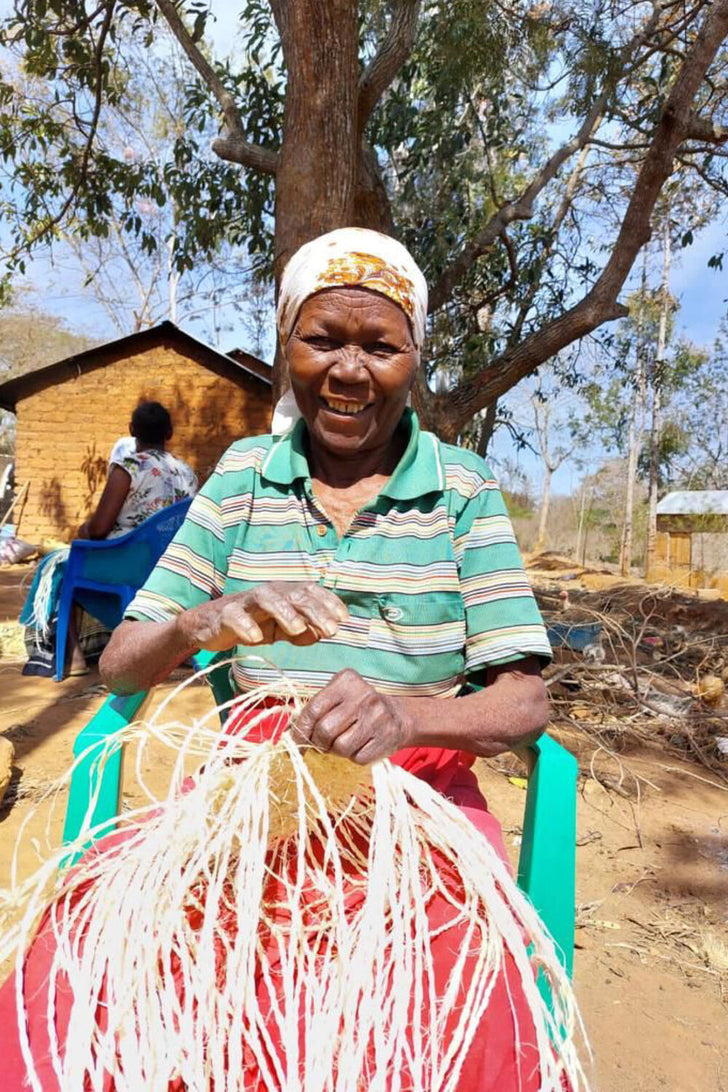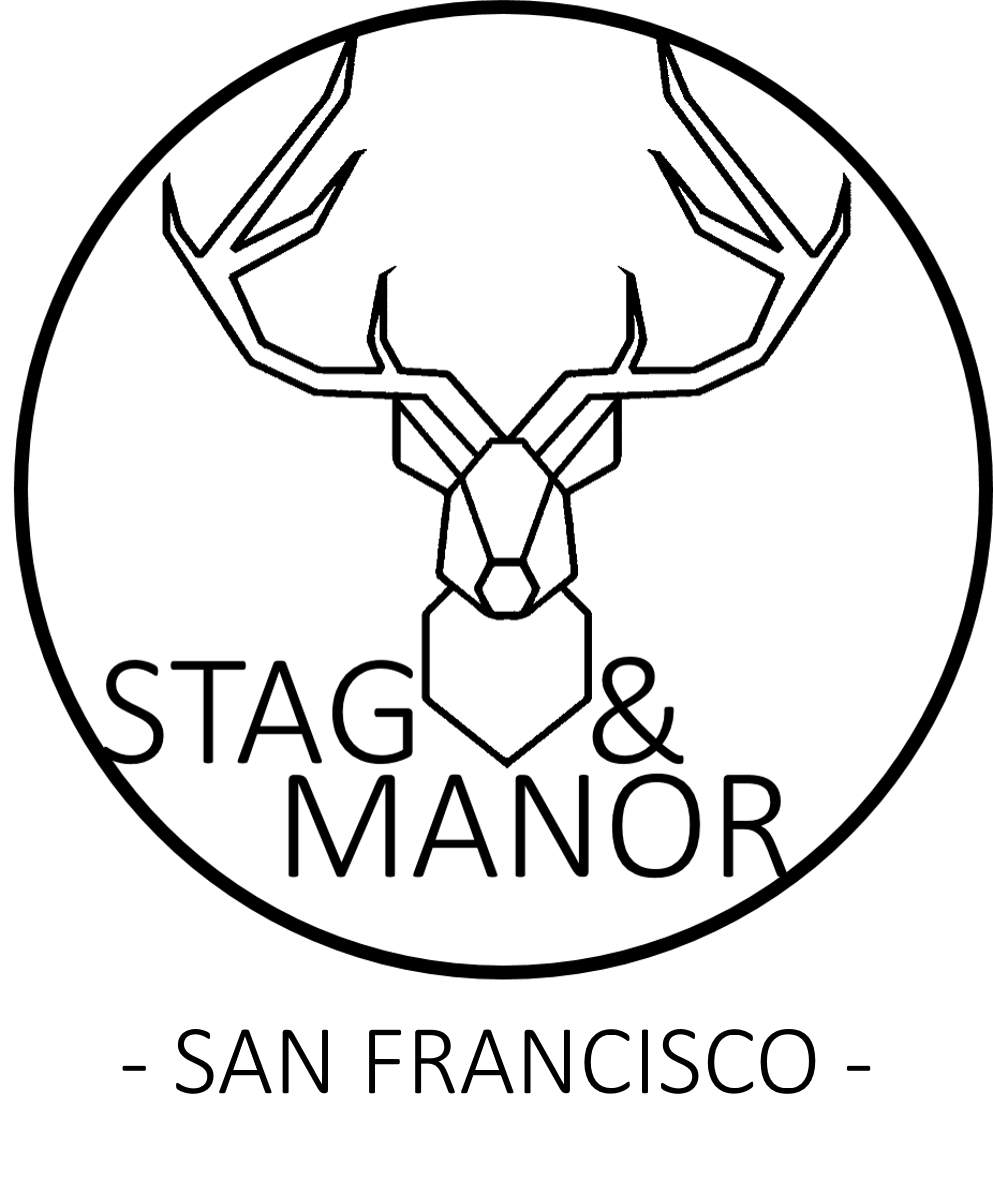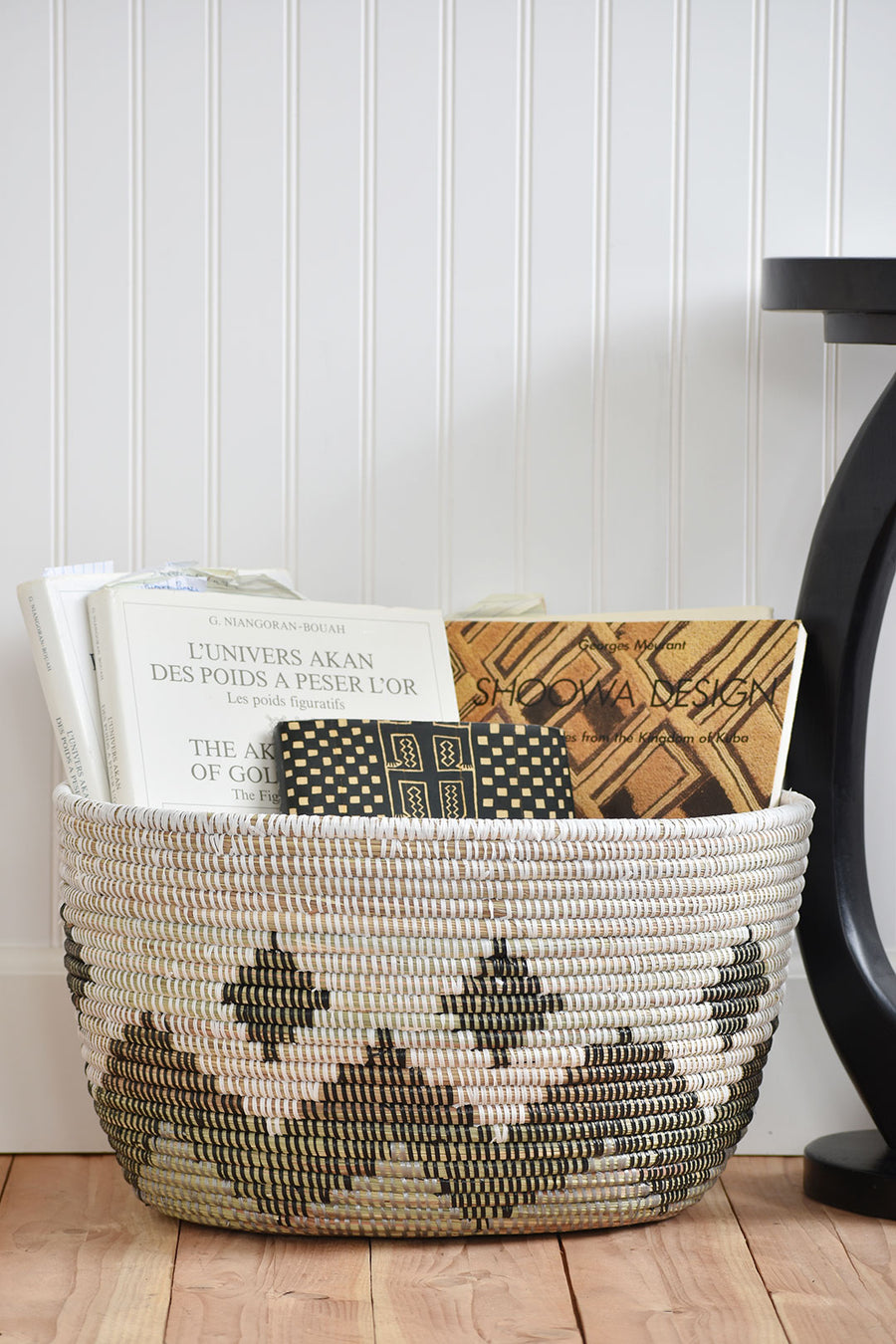The Art of Hand Weaving

No one is exactly sure when hand weaving started in Ethiopia. However, it is well accepted that spinning and weaving came along with the ancient cultivation of cotton. These critical skills enabled local production of clothes, but also fueled the participation in trading systems which flourished in Northern Africa, the Middle East and beyond.
The traditional division of labour where women spin the cotton and men weave largely continues today.
Ethiopia’s weaving tradition is centuries old. Historically, each farmer would grow a small plot of cotton. The family would harvest the cotton and the women would clean it, card it and slowly hand spin it into thread. The farmers would wait for the travelling weaver to come to their part of the country. He would weave all the clothing and blankets the family would use for the year. Today, weaving is still a pillar of Ethiopian culture. Most Ethiopians wear hand woven, white clothing at all ceremonies and holidays. Weavers traditionally weave four different types of fabric; K’emis, cloth used to make women’s dresses; net’ela, the muslin cloth used to make the women’s shawls worn to church; gabi, a thicker weave made into a blankets worn to protect from cold or on the beds and boluko, the thickest weave used for blankets. These textiles differ in their texture but they are traditionally all white, using undyed cotton. The colorful edging found on most traditional clothing is made using imported polyester or rayon threads. Weaving is a craft handed down from father to son and is traditionally done by men. At Sabahar, all but one of our weavers are men.
The Konso and Dorze ethnic groups have the reputation of being the most “skilled” weavers, though weavers can be found in every village in the country. In fact, most of the weavers who work at Sabahar originate from the Dorze area (an area in southern Ethiopia) and have relocated to Addis Ababa.
Despite the essential role weavers have in Ethiopian society, they are marginalized and suffer from prejudice and relative isolation in society. Most weavers have not had the opportunity to go to school, most live in poor conditions and have only worked in the informal market. Child labor and trafficking for work was common practice in weaving communities and still remains a problem in rural areas.
Ethiopian weavers use horizontal two-harness treadle looms with a maximum width of 80cm to hand weave cotton. Sabahar has been innovating the techniques, fibers used and technology in order to enable weavers to make a larger selection of products. We have introduced larger looms with flying shuttles, we have trained weavers to use eight-harness looms and taught them to weave with wool, linen and silk. These advancements have enabled us to master techniques that allow us to produce a variety of different textures, weights and designs.






